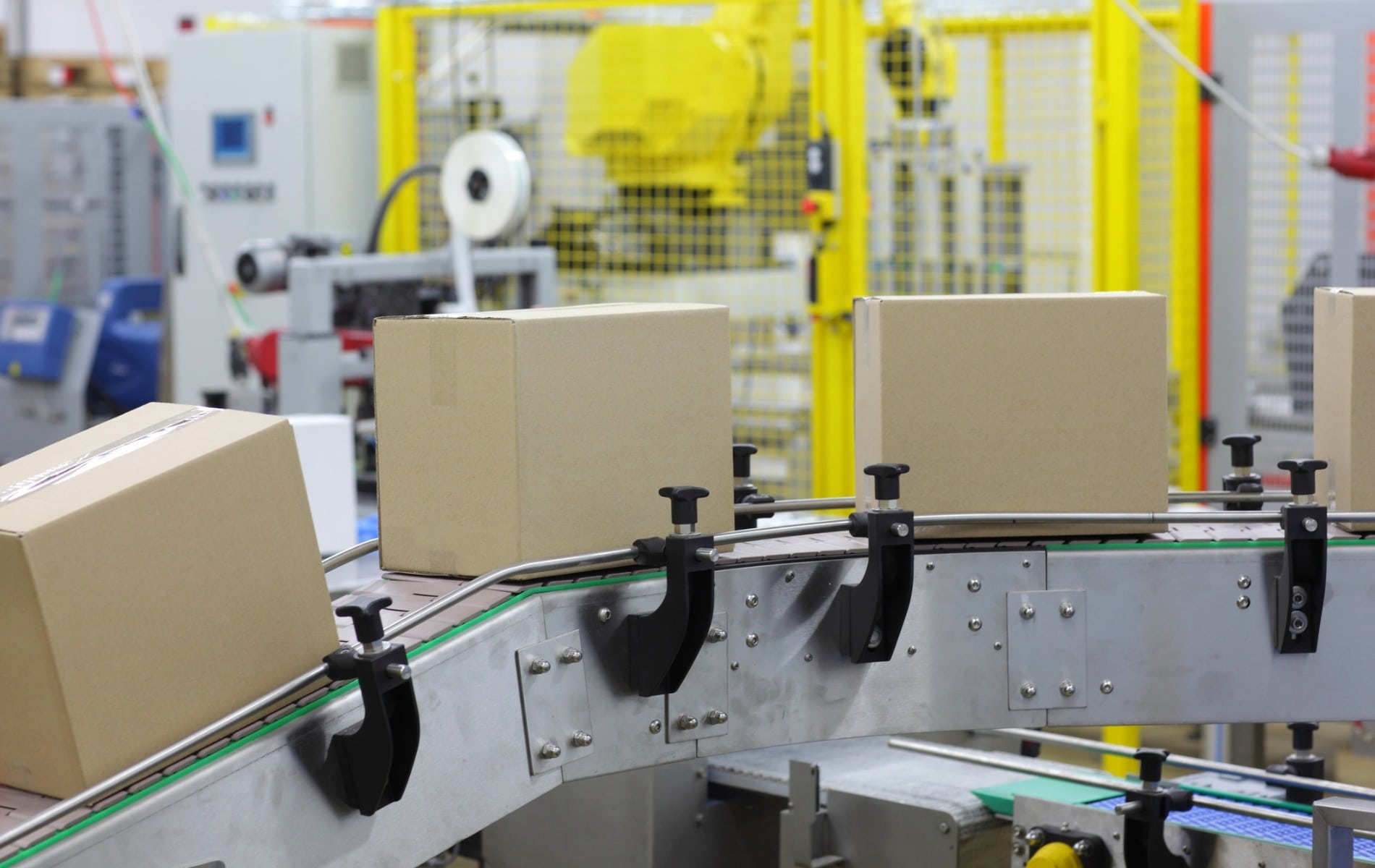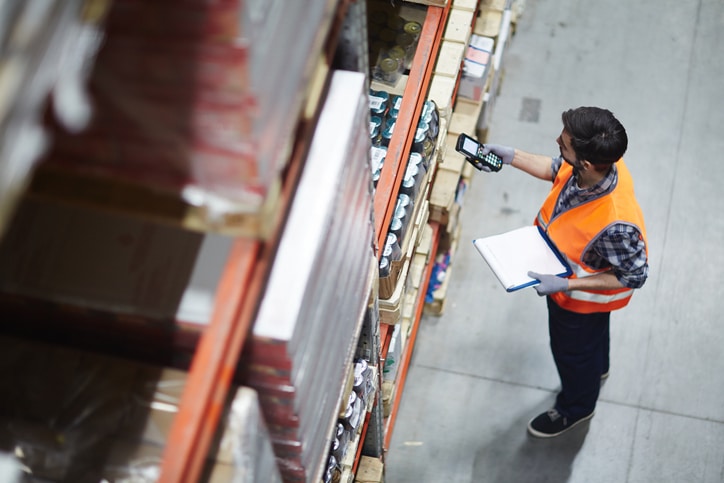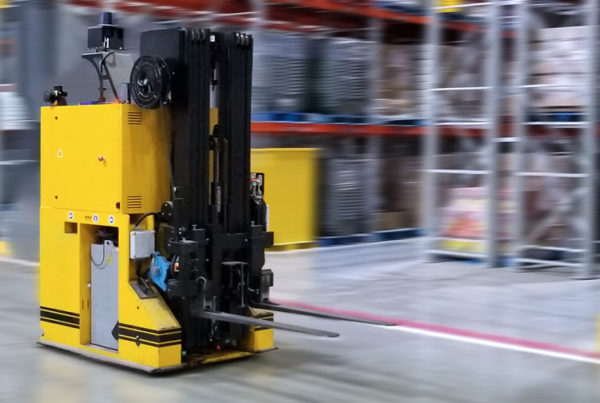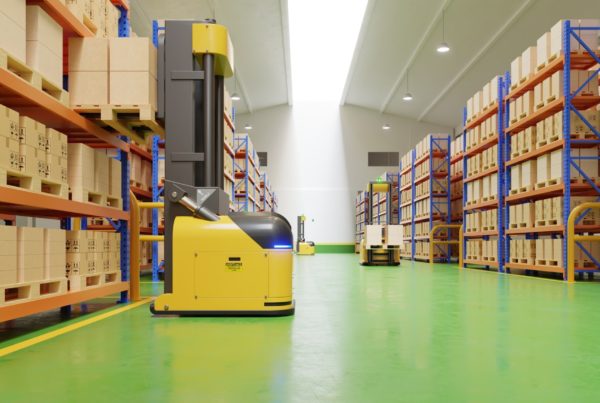As an integrator of static and automated material handling solutions, making manufacturing and distribution operations more current, effective, and productive is our goal at PeakLogix. Understanding how best to do that for each business demands a customized solution that is tantamount to solving a Soma cube – if all the parts of that cube were constantly moving.
Our team starts each engagement with a discovery process. We need to first understand how the facility operates and its goals for the short- and long-term. Everything – from cubic space to staffing, from racking layout to operator travel paths – is a part of the puzzle. Hundreds or even thousands of moving parts all have to be understood, and then twisted and turned and manipulated until everything comes together to form the perfect Soma cube – or in this case, the perfect operational design and integration.
The cruxes of the issue: process improvements and financial gains
Perhaps the trickiest part of introducing or upgrading automation in a facility is that, while there are many possible solutions, there is only one best solution.
The crux of the Soma cube is its T-shape; understanding its placement allows you to solve the puzzle. When looking at automation, every facility has to consider two keystones: process improvements and financial gains.
Process improvements
Order picking tends to be 50% or more of the operational budget of a typical warehouse, and it’s the first place to look for inefficiencies. Understanding how best to improve efficiency requires understanding two things: how that business operates and how the available solutions will affect those operations.
In terms of efficiency, picking processes fall into four tiers:
- Man-to-goods Picking – averages just 40-60 lines/hour,
- RF Directed Picking in Pick Zones – averages 80-120 lines/hour,
- Voice Picking or Pick-to-Light – averages 150-250 lines/hour, and
- Goods-to-Man Automated Systems – average 250-500 lines/hour, though in finely tuned facilities, this rate can as much as double.
Financial gain
Finances are the second major part of solving the automation puzzle. The four paramount considerations are:
- Efficiency – The design of your warehouse, thoughtful integration of the right automation, and the selection of the right equipment are just a few of the puzzle pieces that can make a facility more profitable.
- Productivity – Increasing throughput and cutting labor costs can be achieved by, for just a few examples, eliminating bottlenecks, properly scheduling maintenance and using equipment, and re-organizing your racking.
- Business growth – After upgrading their systems, our clients are able to advertise their newly efficient and effective business practices, even bringing their potential clients into their facility to walk them through their processes.
- Density – How is the cubic space of the facility being used? Increasing SKU counts without lowering SKU density is one key to a financially successful organization.
Softer gains
Hard productivity gains and ROI – things that are relatively easy to quantify – are keystones in the automation puzzle. However, there are other considerations that, in the aggregate, also become important.
As inventory controls tighten, not only is accuracy improved, but the environment also becomes a safer space to work in; inventory that is no longer stacked in aisles, on top of racking, or crammed into other spaces it doesn’t belong is also no longer a safety hazard. Fewer accidents saves money and improves morale. Improved morale lowers turnover… which also helps to improve accuracy… becoming a positive feedback loop.
Streamlining the workflow helps create more consistent schedules. The easily quantified factor is the reduction of overtime. But piggybacking on that is the fact that employees can now depend on a consistent schedule. They have more time to do things they value in their home lives – such as volunteering, exercising, or taking vacations. This improves morale… which lowers turnover… and on and on.
The real solution: collaboration
At PeakLogix, we have seen how even small operations can benefit from some form of automation. Not every business would see a return on an investment in fully automated storage and retrieval systems. But small operations can see a good return on conveyor systems, robotic palletizers, or automatically manifested cartons.
Solving that puzzle – knowing which of the thousands of options is right for your business – requires an intimate knowledge of all of your business’s ins and outs, as well as an exhaustive knowledge of all of the possibilities. And the only way to make those pieces fit together is to customize solutions through a collaboration of your experts and managers, and our professional designers and integrators.






